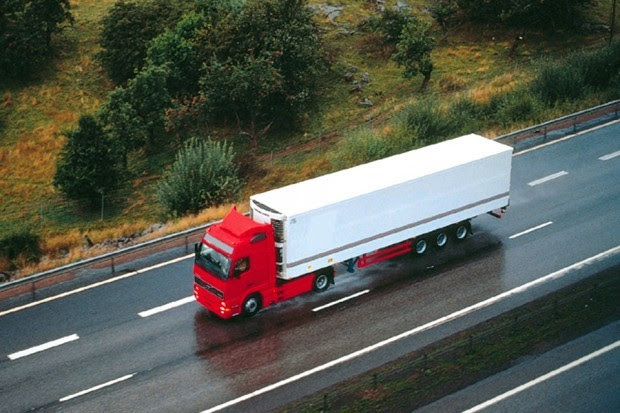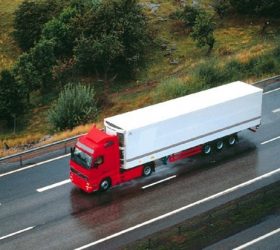In today’s world, analytics and data are transforming the fleet industry and revolutionising risk management in the HGV arena.
 Data and analytics allow us to gain more comprehensive information about a fleet and to therefore make long term operational decisions in order to make HGV fleets more efficient and more cost-effective. From tiny startups to huge companies, the use of data for HGV fleet management is the smartest way to keep efficiency high and costs low.
Data and analytics allow us to gain more comprehensive information about a fleet and to therefore make long term operational decisions in order to make HGV fleets more efficient and more cost-effective. From tiny startups to huge companies, the use of data for HGV fleet management is the smartest way to keep efficiency high and costs low.
Today’s smart vehicles provide massive amounts of incredibly useful data which can be translated into KPIs, allowing fleet managers to become more proactive and make better business decisions. This information can also be communicated to insurance companies that will use real-time driver performance data to adjust premiums in real-time; potentially saving the company a lot of money.
With the advent of smarter roads and increased 5G bandwidth, our entire infrastructure is going through a time of change, and the focus is now on connecting vehicles, transport systems, supply chains, and logistics in order to create an electric-centric network that allows for live monitoring and faster reactions.
All roads lead to data – and vice versa
Data is all about gaining in-depth information regarding vehicle and driver performance. In real life terms, fleet managers and operators can harness the power of data to improve onboarding and training as well as to perform health checks on vehicle and driver performance.
Data gathering is an ongoing endeavour whereby information is logged through logistics and operations and through telematics which is able to collate insights into speed and driving behaviour. This can be backed up by in-cab cameras. Companies are then able to use these insights to form policies and strategies and to make intelligence-based decisions regarding expansion and modernisation.
These insights are invaluable in improving existing resources and in growing the business long term. Data also helps to promote better communication and engagement within fleets and can be used as a motivational tool for drivers by highlighting the benefits of improved performance.
Data is the solution for HGV and driver risk management
One of the biggest challenges for fleet managers lies in the behaviour of its drivers, and data can help here by identifying training requirements. This, in turn, improves performance, reduces risks, and ultimately leads to lower cost insurance premiums for the business.
Businesses can use this data to take advantage of modern insurance policies such as ‘pay-how-you-drive’ which is boosting the insurance telematics market considerably – expected to grow by 18.5% every year through to 2023 according to the report ‘Global Insurance Telematics Market, Growth, Trends and Forcasts’.
Fleet risk managers are often tasked with combining business efficiencies, including HGV availability, with cost savings – a tall order which requires them to track multiple vehicles and data points. In-truck telematics allows managers to utilise central dashboards to monitor performance, update jobs, provide traffic alerts, and, more effectively manage their fleet.
Real time – real risk reduction
Reducing risk is an incredibly important part of a fleet manager’s role and technology now allows us to gather real time data for fleet insurance. This helps to ensure optimum driver performance and a reduction in accidents as well as making processes simpler for managers. These important analytics feed into data-led and real time insurance policies which can, in turn, help to speed up the claims process. This is achieved through machine learning risk models which are constantly evolving and adapting in terms of scoring and pricing. This will mean that driver performance is being constantly improved through products such as those provided by Rideshur. These products allow for in-policy premium reductions helping HGV fleet managers drive costs down in the immediate future.
While this technology is still relatively new, it’s quickly becoming incredibly popular as fleet managers begin to understand the benefits which include tracking of driving style and a number of environmental factors for each and every trip. Fleet managers are actively encouraged to get on board with this sooner rather than later in order to take advantage of the best cost savings.
Fleet management involves keeping a lot of balls in the air at any given time and, managers need to be looking at using technology to improve insurance and maintenance.




